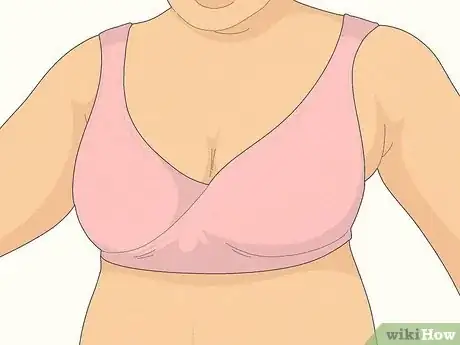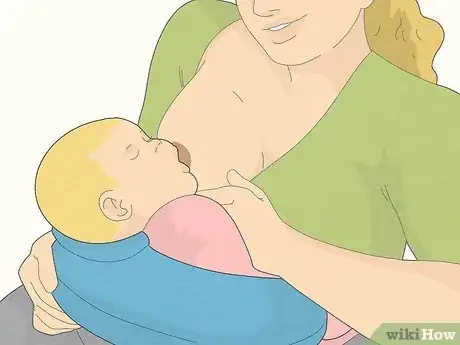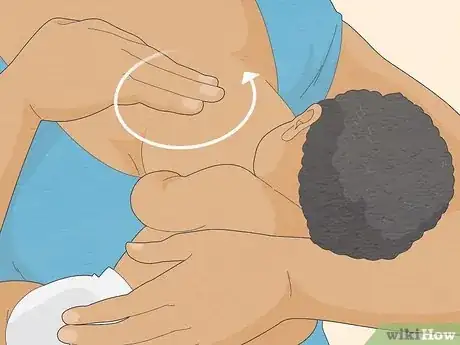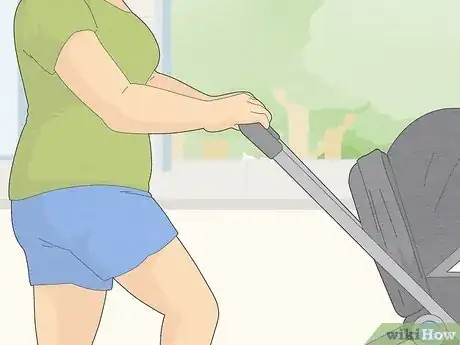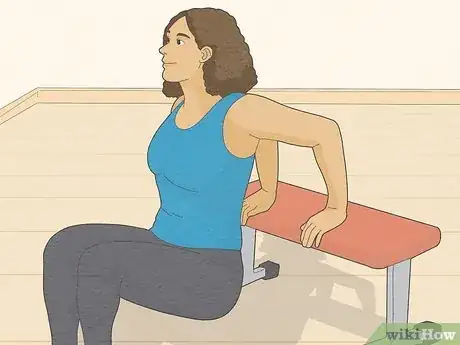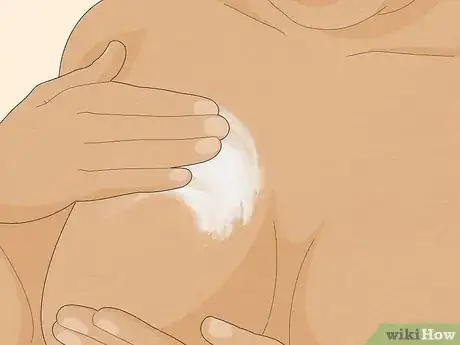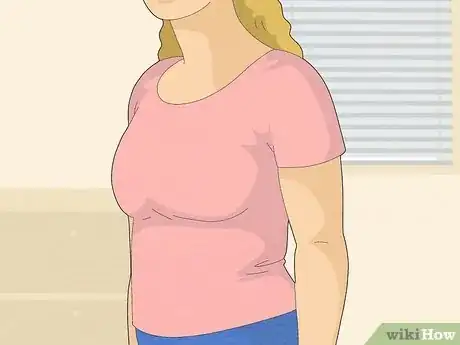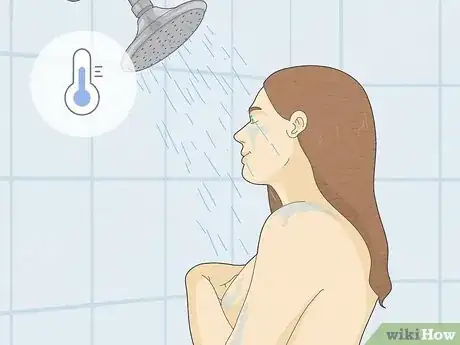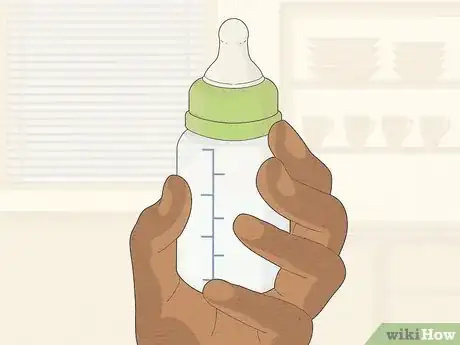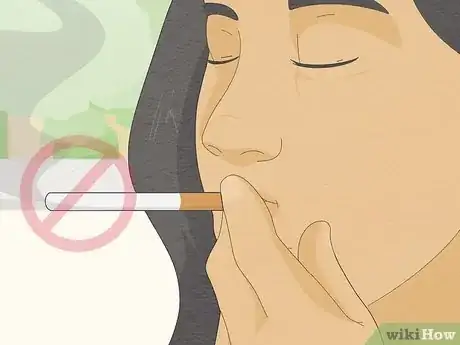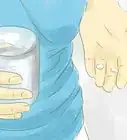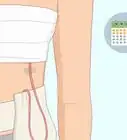This article was co-authored by Lora Luczywo, IBCLC and by wikiHow staff writer, Danielle Blinka, MA, MPA. Lora Luczywo is an International board certified Lactation Consultant (IBCLC) based in Los Angeles, California. Lora has over 10 years of lactation consulting experience. She completed her lactation education at the University of California, San Diego and earned her clinical competency at Kaiser Permanente Los Angeles Medical Center and Torrance Memorial Medical Center. She has a BA in Liberal Arts and Sciences from the University of Arizona.
There are 17 references cited in this article, which can be found at the bottom of the page.
This article has been viewed 50,383 times.
Breastfeeding your baby is a wonderful bonding experience, but you might be worried about sagging breasts. We’re here to put your mind at ease because there’s a lot you can do to make your breasts look as perky as possible. In fact, your breasts will probably return to their normal size and shape about 6 months after you stop nursing your baby. Keep reading for some easy lifestyle changes that will help prevent sagging breasts after breastfeeding. With our help, you’ll feel like the confident, sexy person you are.
Things You Should Know
- Breastfeeding doesn’t actually make your breasts sag. Normal weight gain during pregnancy and milk production are typically to blame.
- Healthy, hydrated skin is less likely to sag after breastfeeding. Keep your skin hydrated by drinking lots of water and applying moisturizer daily.
- Good posture and a supportive bra will make your breasts less likely to sag.
Steps
Breastfeed until you and your baby are ready to wean.
-
Breastfeeding doesn’t actually cause your boobs to sag. You’ve probably heard this popular myth, but experts say it isn’t true.[1] X Trustworthy Source PubMed Central Journal archive from the U.S. National Institutes of Health Go to source Instead, pregnancy is typically to blame for changes to your breasts because you naturally gain weight and your breasts begin producing milk to feed your baby.[2] X Trustworthy Source Johns Hopkins Medicine Official resource database of the world-leading Johns Hopkins Hospital Go to source Because of this, your breasts could start sagging even if you didn’t breastfeed.
- Having multiple children increases the likelihood that your breasts will sag after pregnancy, but every woman is different.[3] X Trustworthy Source PubMed Central Journal archive from the U.S. National Institutes of Health Go to source
Wear a supportive nursing bra.
-
A nursing bra helps carry the weight of your breasts. While your breasts are making milk, they’re usually larger and heavier. You may feel less comfortable because of the extra weight, and your heavier breasts could stretch out your skin more. For extra support, choose a nursing bra that fits your current size and feels comfortable on your body.[4] X Research source
- If you’re having trouble finding the right nursing bra for you, visit a lingerie shop for a bra fitting. They’ll help you find the perfect bra to help you look and feel your best.
- Replace your bras when they start to stretch out because they’re no longer giving you the support you need.
Prop up your baby using a nursing pillow.
-
Raising your baby up to your breast may help prevent sagging. Sometimes it’s easier to lean over your baby while nursing, but letting your breasts hang can cause your skin to stretch. Instead, sit up straight in a comfortable chair or rest against pillows in your bed. Then, cradle your baby on a nursing pillow.[5] X Research source
- When you can’t use a pillow, try breastfeeding your baby while they’re in a sling carrier.
Massage your breasts.
-
Massaging yourself increases blood circulation and improves your skin. Because massaging stimulates blood flow, doing it regularly can help your skin recover from stretching faster.[6] X Research source Do your massages while you’re breastfeeding because you’ll be expelling milk. To do the massage, apply gentle pressure to your skin using the palm of your hand or two fingers. Then, glide your hands over your breasts for a few minutes.[7] X Research source
- Giving yourself a breast massage can help your baby nurse when they’re tired or your milk is coming slowly.
Get active 5 to 7 days a week.
-
Regular exercise helps you maintain your weight and have healthy skin. Both of these factors help prevent sagging breasts. Choose an exercise that you enjoy, like going for a walk with your baby in a stroller. Aim for 150 minutes of moderate or 75 minutes of vigorous exercise a week.[8] X Research source
- Check with your doctor before you begin any new exercise programs to make sure it’s safe for you.
EXPERT TIPLora Luczywo is an International board certified Lactation Consultant (IBCLC) based in Los Angeles, California. Lora has over 10 years of lactation consulting experience. She completed her lactation education at the University of California, San Diego and earned her clinical competency at Kaiser Permanente Los Angeles Medical Center and Torrance Memorial Medical Center. She has a BA in Liberal Arts and Sciences from the University of Arizona.International Board Certified Lactation Consultant
 Lora Luczywo, IBCLC
Lora Luczywo, IBCLC
International Board Certified Lactation ConsultantOur Expert Agrees: If you want to avoid sagging breasts, one of the most important things you can do is to get moderate exercise on a regular basis. Wearing proper undergarments can help, as well. There are a lot of different styles out there, so find something that will properly support you. Ultimately, however, there isn't a lot you can do about sagging, since most of it is genetic.
Exercise your chest muscles 2 to 3 days a week.
-
Strong chest muscles can make your breasts look perkier. Your breasts are made of fat and tissue, but there are muscles behind them.[9] X Research source By working these muscles, you can make your chest look a little higher. Try these exercises:
- Do push ups
- Do dumbbell chest presses
- Do dumbbell flys
- Do bench presses
- Do dips
Lose weight slowly.
-
When you lose weight quickly, your skin doesn’t have time to shrink. Instead, it tends to sag a little. With slow weight loss, your skin has time to firm up more. Just take good care of yourself and give yourself as much time as you need to shed your pregnancy weight gain if that's what you want.[10] X Research source
- It's normal to feel less confident after your body changes, but you're absolutely amazing. You grew a whole new life, and your post-pregnancy body will be just as sexy.
Eat a healthy, balanced diet for healthy skin.
-
Good nutrition helps your skin heal itself after pregnancy. As your breasts go back to normal, healthy skin may firm up instead of sagging. To meet your nutrient needs, eat a balanced diet with protein, carbohydrates, and fats. Additionally, consume a variety of fruits and vegetables, which contain vitamins and nutrients.[11] X Trustworthy Source PubMed Central Journal archive from the U.S. National Institutes of Health Go to source
- Some fish contain mercury, which can pass through your breast milk to your baby. Since mercury can damage your baby’s brain and nervous system, don't eat fish that are higher in mercury. Fish to avoid include king mackerel, shark, swordfish, orange roughy, marlin, and tilefish.[12] X Trustworthy Source Centers for Disease Control and Prevention Main public health institute for the US, run by the Dept. of Health and Human Services Go to source
Drink plenty of water.
-
Hydrated skin bounces back more easily. Additionally, water helps your body maintain your skin and tissues.[13] X Trustworthy Source PubMed Central Journal archive from the U.S. National Institutes of Health Go to source While nursing, you need to consume about 16 cups (3.8 L) of water every day, which you get from food and drinks. You may need more water if you exercise a lot or feel thirsty.[14] X Trustworthy Source EatRight.org Organization associated with the Academy of Nutrition and Dietetics providing advice about food, health, and fitness Go to source
- Your body uses some of the fluids you consume to make milk for your baby.
Apply moisturizer.
-
Help your skin repair itself by keeping it hydrated. To nourish your skin, apply a body lotion daily after your shower. The lotion won’t fix sagging, but it could help prevent it.[15] X Trustworthy Source PubMed Central Journal archive from the U.S. National Institutes of Health Go to source
- Make sure your lotion doesn’t contain alcohol because it can dry out your skin.
- Additionally, don’t apply the moisturizer to your nipples. Use lanolin to soothe your nipples if they feel dry.[16] X Trustworthy Source FamilyDoctor.org Family-focused medical advice site run by the American Academy of Family Doctors Go to source
Maintain good posture.
-
Slouching makes your breasts hang, so they sag more. On the other hand, standing or sitting up straight will help your breasts look perkier. Improve your posture by straightening your neck and back.[17] X Research source
- Practice your posture in a mirror.
- If you’re used to slouching, standing up straight might feel weird at first. However, it’ll get easier over time.
Try cold water therapy.
-
Cold water causes skin to shrink, making your boobs look perkier. In fact, some women find that their breasts are less saggy after a cold shower.[18] X Research source Generally, the effect is only temporary, but it can boost your confidence.
- You might try cold therapy just before a date night so you look and feel your best.
Wean your baby slowly.
-
Go slow so your skin has time to adjust to your shrinking breast tissue. Give yourself several weeks or even a couple of months to wean your baby. Start by eliminating your midday feeding and replacing it with either a bottle or solid foods, depending on your baby’s age. Then, replace the nursing session that you think will be easiest for your baby. Keep going until your baby is no longer nursing.[19] X Research source
- It helps to have another meal or a distraction ready for your baby at their normal feeding time.
- If your baby starts trying to nurse, let them do it a little so they don’t get frustrated. However, try to redirect them to the food you prepared or to a fun toy.
Stop smoking if you do.
-
Cigarette smoke breaks down your skin elastin. Because of this, your breasts will start to sag sooner if you smoke.[20] X Trustworthy Source PubMed Central Journal archive from the U.S. National Institutes of Health Go to source It may be hard to quit, so talk to your doctor about patches, lozenges, or gum that can help with cravings.
- In the U.S., you can call the quitting hotline 1-800-QUIT-NOW for extra support.
You Might Also Like
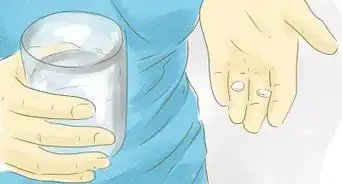 How to Naturally Increase Breast Size
How to Naturally Increase Breast Size
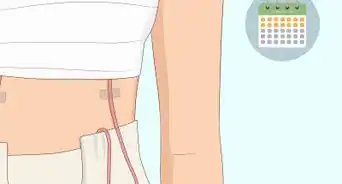


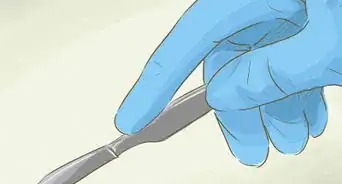
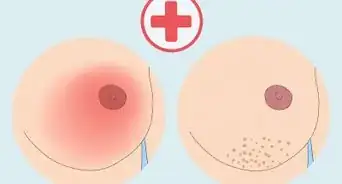 12 Treatments for Itchy Boobs & Nipples
12 Treatments for Itchy Boobs & Nipples




 Quick Remedies and Medical Treatments for Breast Pain
Quick Remedies and Medical Treatments for Breast Pain
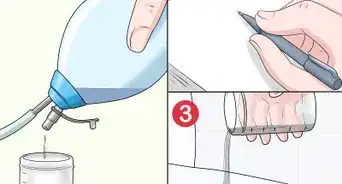

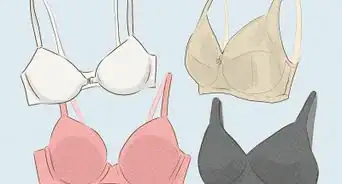
References
- ↑ https://pubmed.ncbi.nlm.nih.gov/19083576/
- ↑ https://www.hopkinsmedicine.org/health/conditions-and-diseases/normal-breast-development-and-changes
- ↑ https://pubmed.ncbi.nlm.nih.gov/22942112/
- ↑ https://www.wupdhd.org/wp-content/uploads/2022/04/Edition-5-2022-pDF.pdf
- ↑ https://www.ckbhospital.com/blogs/what-you-can-do-to-prevent-breast-sagging-post-pregnancy/
- ↑ https://www.betterhealth.vic.gov.au/health/conditionsandtreatments/massage
- ↑ https://obrc.ouhsc.edu/LinkClick.aspx?fileticket=NqBozDcx-gg%3D&portalid=195
- ↑ https://www.medindia.net/patients/patientinfo/sagging-breasts.htm
- ↑ https://www.stonybrookmedicine.edu/patientcare/breasthealth
- ↑ https://www.wupdhd.org/wp-content/uploads/2022/04/Edition-5-2022-pDF.pdf
- ↑ https://www.ncbi.nlm.nih.gov/pmc/articles/PMC3583891/
- ↑ https://www.cdc.gov/breastfeeding/breastfeeding-special-circumstances/environmental-exposures/mercury.html
- ↑ https://www.ncbi.nlm.nih.gov/pmc/articles/PMC4529263/
- ↑ https://www.eatright.org/health/pregnancy/breast-feeding/nursing-your-baby-what-you-eat-and-drink-matters
- ↑ https://pubmed.ncbi.nlm.nih.gov/22942112/
- ↑ https://familydoctor.org/breastfeeding-hints-to-help-you-get-off-to-a-good-start/
- ↑ https://www.ckbhospital.com/blogs/what-you-can-do-to-prevent-breast-sagging-post-pregnancy/
- ↑ https://www.ckbhospital.com/blogs/what-you-can-do-to-prevent-breast-sagging-post-pregnancy/
- ↑ https://www.llli.org/breastfeeding-info/weaning-how-to/
- ↑ https://pubmed.ncbi.nlm.nih.gov/17199572/
- ↑ https://www.plasticsurgery.org/news/blog/whats-the-difference-between-a-breast-reduction-and-a-breast-lift
About This Article


